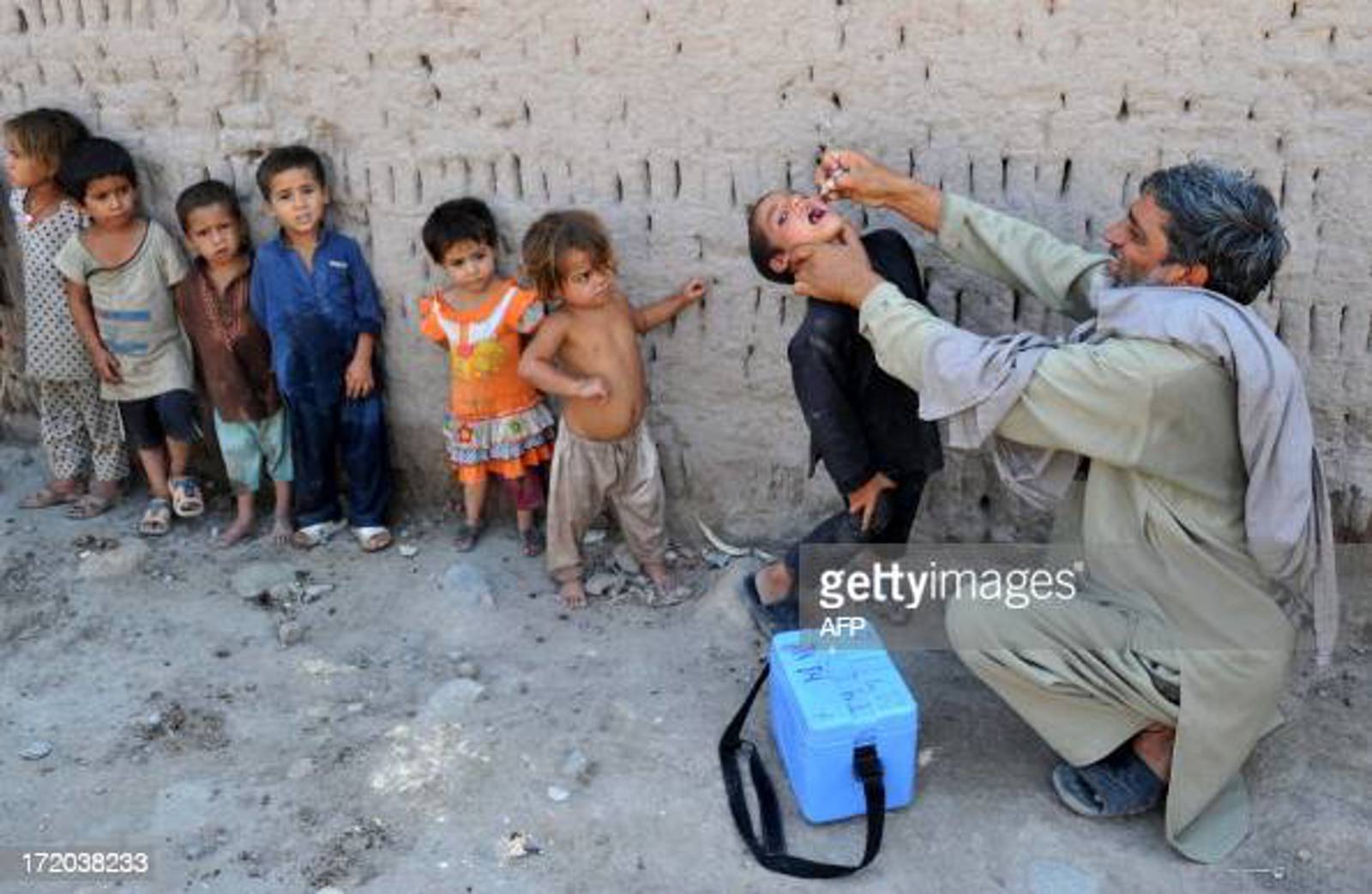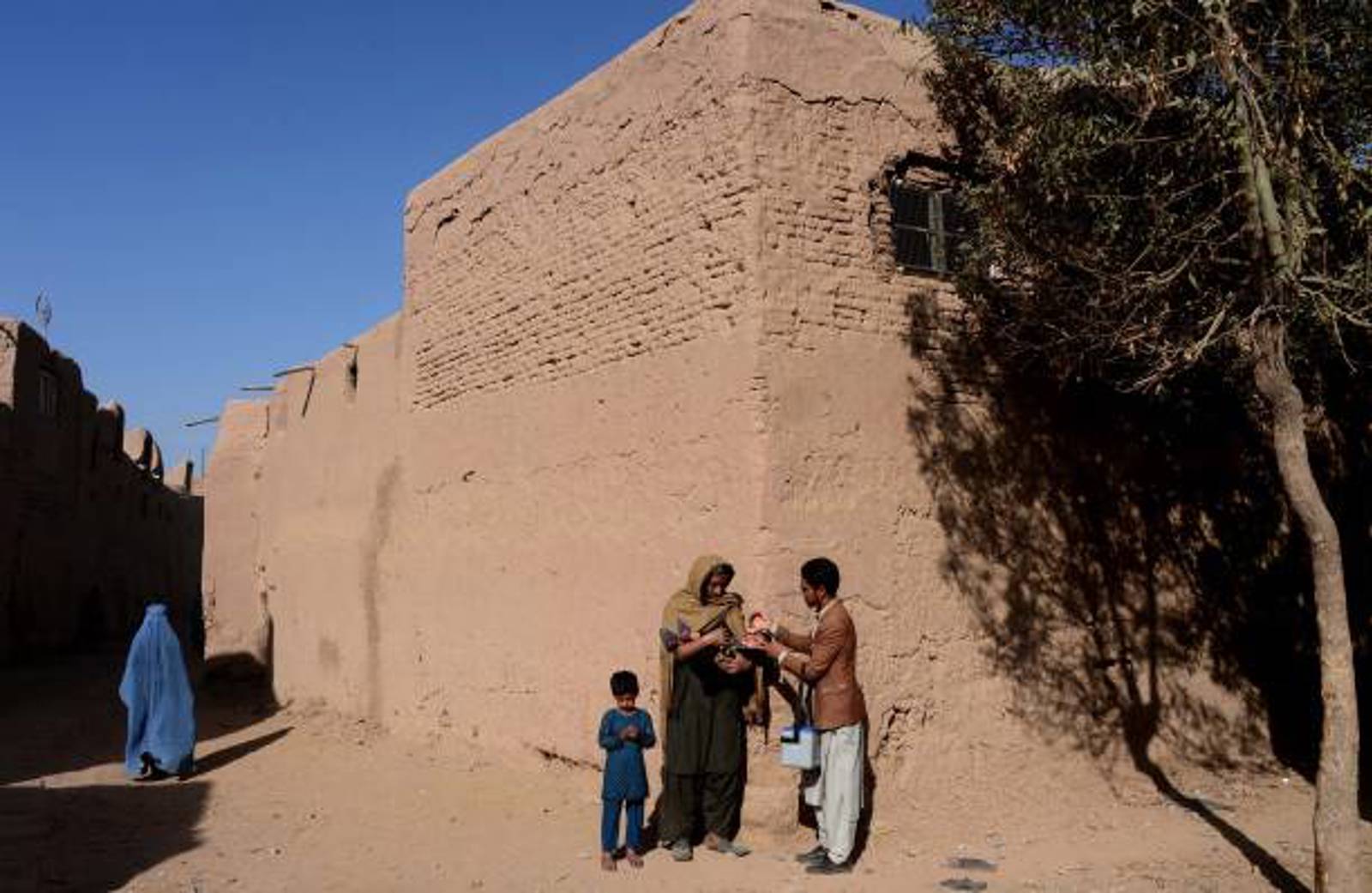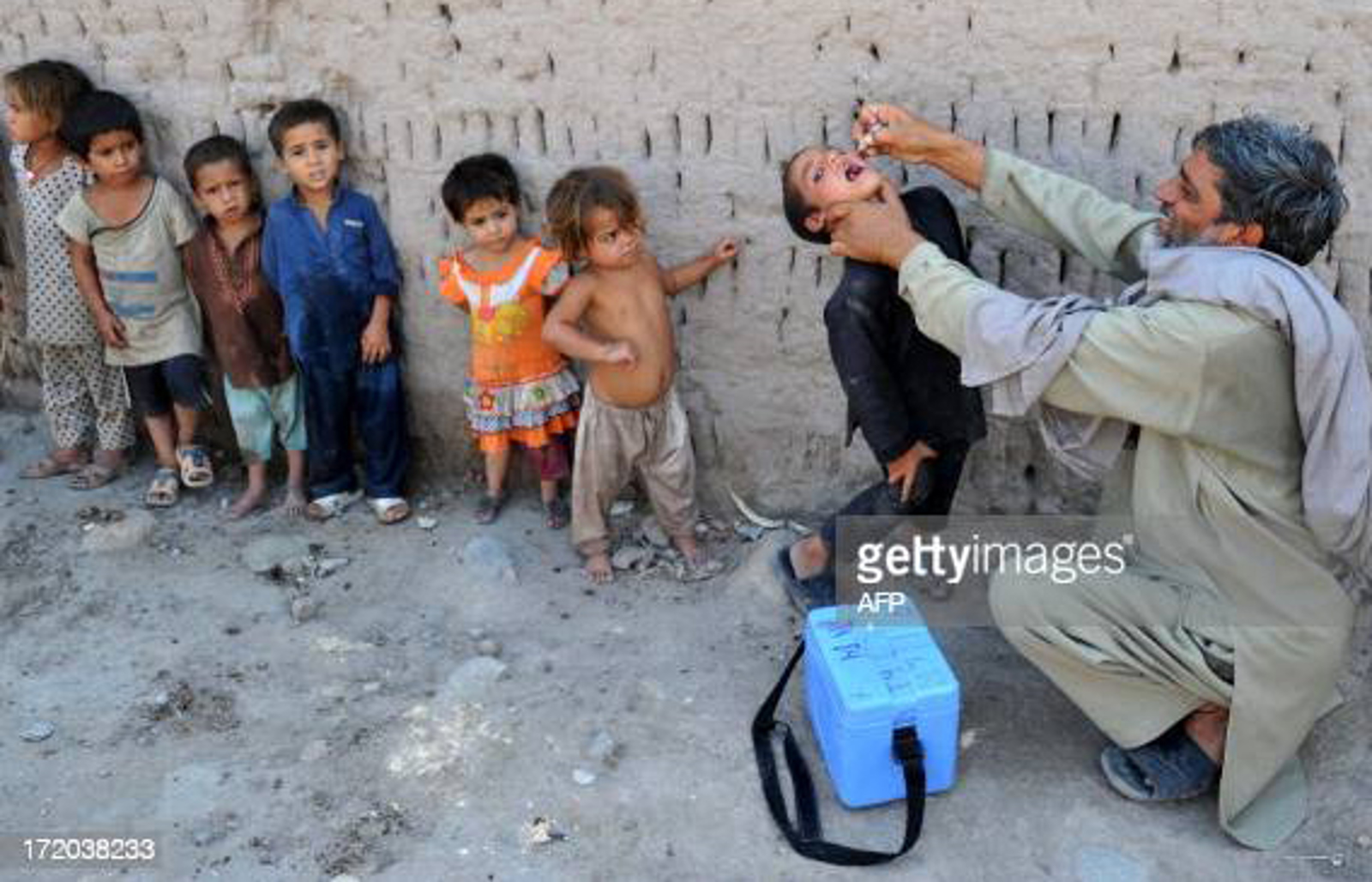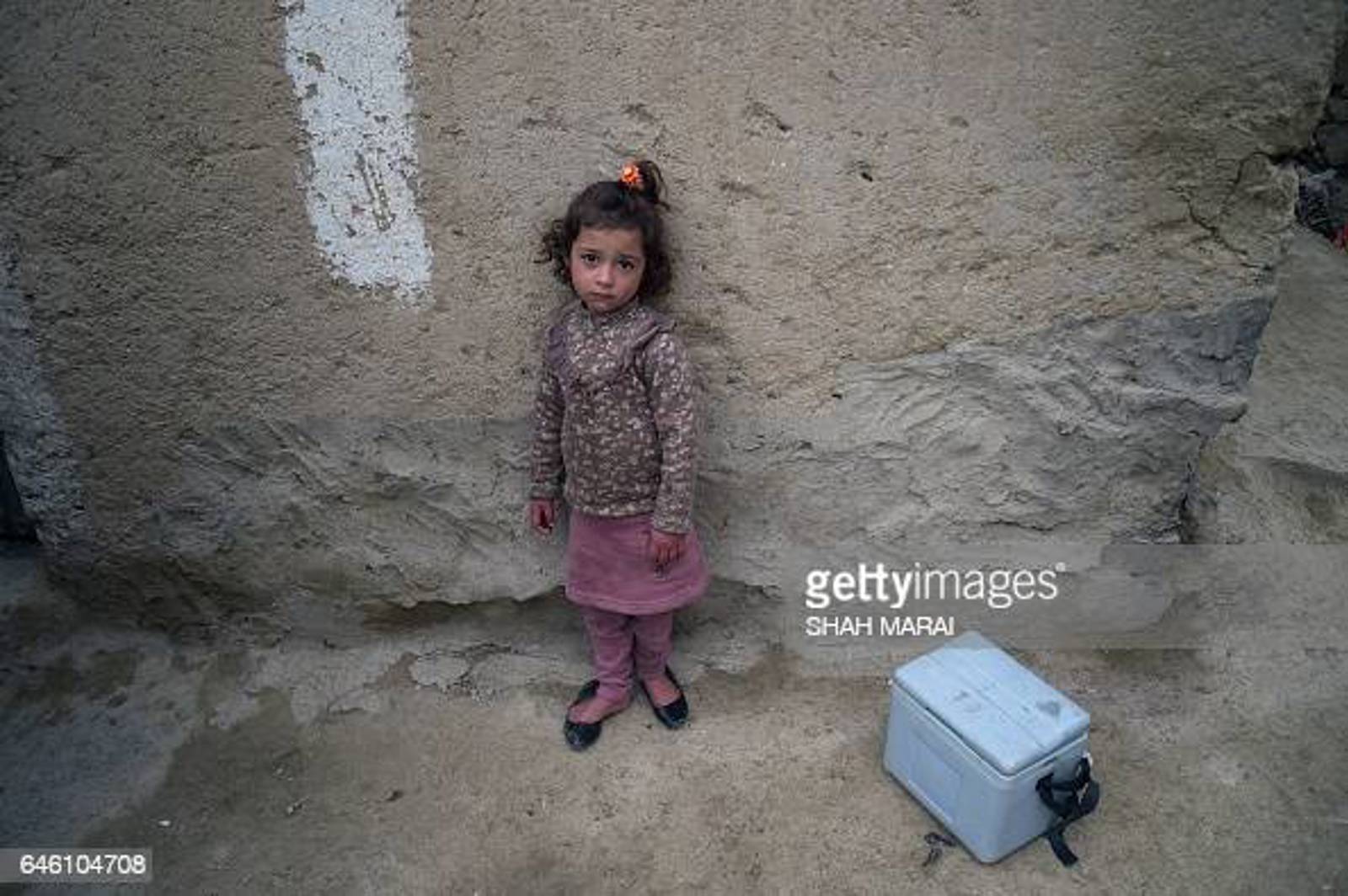Freedom Fund CEO Nick Grono on the importance of scaling impact.
The challenges that nonprofits take on — hunger, disease, climate change, armed conflict, racial injustice, gender inequality, and human rights abuses, to list just a few — are amongst the toughest that societies face. The odds often seem insurmountable, particularly when you compare the scale of the challenge to the resources at hand.
At the Freedom Fund, a nine-year-old global fund that aims to end modern slavery, one could argue that our ambition far outweighs our budget of US$27m and staff of under 100. We’re trying to tackle a severe violation of human rights that afflicts an estimated 50 million people globally and generates hundreds of billions in illicit profits every year. In order to make progress, we’ve had to think differently about achieving scale.
In the early days, I spent a great deal of my time pitching potential donors on the concept of the Freedom Fund and asking them for the initial investments that would allow us to move from an idea to an organisation. I shared our mission to tackle slavery and the way we planned to achieve it: raising philanthropic capital, investing it in concentrated clusters of grassroots organisations, working with partners to both prevent and tackle modern slavery, and generating data and evidence about what works best to reduce its prevalence.
Many donors rightly jumped right to asking about scale. They wanted to know how we could possibly have a measurable impact given that tens of millions of people were victims of extreme exploitation.
Some presumed that our goal, were we to be effective, would be to fund as many organizations in as many corners of the world as possible. Others, especially those with a finance industry mindset, insisted the greatest impact would come from finding a small number of high-performing organisations and funding them to scale massively.
They were not necessarily sold on our approach of long-term, steady investment and close accompaniment of clusters of small, locally-led groups. “I don’t think your model will work,” one hedge fund billionaire told me point-blank over dinner.
But we must have done something right, because enough of these philanthropists, the hedge fund billionaire among them, were willing to swallow their scepticism enough to write multi-million-dollar cheques.
The challenges philanthropy addresses are complicated and interdependent.
Creating collaborative philanthropy
Creating collaborative philanthropy
Creating collaborative philanthropy
Creating collaborative philanthropy
Creating collaborative philanthropy
Creating collaborative philanthropy
Private capital and resources are increasingly being used to tackle global challenges through targeted philanthropy and investment-based approaches. Impact investment allows capital to be utilised as a force for transformative change - going well beyond what is usually achieved through traditional models of development aid or philanthropy.
Two decades into the twenty-first century, we are about to witness the largest-ever intergenerational transfer of wealth from the baby boomers (born in the aftermath of the Second World War) now concerned with their legacy, to the increasingly socially-conscious Gen-Xers and millennials.
And, alongside the environmental and social sensibilities of the next generation of capital holders, there is a clear commitment to measure, understand, and improve impact.
For this constituency, effective Impact Measurement and Management (IMM) is an essential ingredient giving legitimacy and accountability to philanthropic and impact investment initiatives.
The reason we measure impact is simple: we want to know whether something works – or not - and in both cases, to further understand why. It is also about finding evidence that an organisation or business is achieving its stated mission as predicted in a Theory of Change (ToC).
A ToC describes an entity’s intended impact by outlining short, medium, and long-term outcomes and how they relate to the organisation’s impact objectives, with the outcomes explaining the activities required at each stage to achieve the intended impact objective
Once an organisation or business has this information, it can better understand where committed funding generates the most impact, communicate this information to stakeholders, and improve credibility among partners and networks.
There are seven key benefits to measuring impact:
- Proving achievement of mission objectives. Social purpose organisations can use measurable outcomes and data to confirm progress toward their mission. They can use this to hold staff accountable to agreed impact targets and/or redirect operational strategy to better focus on mission objectives.
- Improving impact performance. Assessment of impact performance against an impact measurement framework allows an organisation to review where interventions have met impact expectations on a revolving basis, facilitating a redesign if required to achieve outcomes more effectively.
- Communicating to stakeholders. Quantifying social impact in understandable terms creates stakeholder engagement that nurtures supportive partnerships. Telling a strong story about impact through empirical data adds credibility to an organisation’s mission and values. In a connected, social media-driven landscape, impact measurement can also improve effective marketing and business reputation to create loyalty and trust. A recent Global Impact Investment Network (GIIN) survey of impact investors found 92 percent recognised impact measurement as key for communication purposes.
- Accountability. Incorporating a robust impact measurement framework ensures expected impact is accurately compared to the cost of delivering a given project. This helps demonstrate that resources are spent on initiatives that provide good value for money.
- The market demands it. Humanitarian and philanthropic donors are looking for greater accountability and governments have moved to pay-for-performance models in the wake of declining trust in the effectiveness of traditional service delivery models. Again, the credibility provided by impact measurement is critical. IMM processes can be a valid signal to a market that an organisation is creating impact that is intentional and that it has an emerging track record. Impact investors look for investment opportunities that minimise the risk of not achieving impact and may accept greater financial risk or invest on lower terms as a result.
- Investors require it. Funders are putting organisations under increasing pressure to use IMM strategies to demonstrate that their activities produce positive change, while providing good value for money. Increasingly, both investors and entrepreneurs are recognising that impact measurement and financial value go hand in hand. The same GIIN survey found 59 percent of impact investors rated impact measurement as very important in enhancing financial performance, with just 3 percent claiming it was unimportant.
- Funders may face material risks from not taking it seriously. A failure to articulate expected impact or to transparently measure and report results to stakeholders may mean funders, particularly investment managers, could face material reputational risk via accusations of ‘impact washing’. Employing an objective third-party impact advisor to independently verify impact – the good and the bad - can also help to demonstrate the funders’ commitment to credible and robust impact measurement. Rigorously employing an IMM strategy drives accountability and signals intent and it can serve to attract additional impact-seeking donors or investors who require a clearly articulated impact strategy.
"The challenges philanthropy addresses are complicated and interdependent."Name Name

The challenges that nonprofits take on — hunger, disease, climate change, armed conflict, racial injustice, gender inequality, and human rights abuses, to list just a few — are amongst the toughest that societies face. The odds often seem insurmountable, particularly when you compare the scale of the challenge to the resources at hand.
At the Freedom Fund, a nine-year-old global fund that aims to end modern slavery, one could argue that our ambition far outweighs our budget of US$27m and staff of under 100. We’re trying to tackle a severe violation of human rights that afflicts an estimated 50 million people globally and generates hundreds of billions in illicit profits every year. In order to make progress, we’ve had to think differently about achieving scale.
In the early days, I spent a great deal of my time pitching potential donors on the concept of the Freedom Fund and asking them for the initial investments that would allow us to move from an idea to an organisation. I shared our mission to tackle slavery and the way we planned to achieve it: raising philanthropic capital, investing it in concentrated clusters of grassroots organisations, working with partners to both prevent and tackle modern slavery, and generating data and evidence about what works best to reduce its prevalence.
Many donors rightly jumped right to asking about scale. They wanted to know how we could possibly have a measurable impact given that tens of millions of people were victims of extreme exploitation.
Some presumed that our goal, were we to be effective, would be to fund as many organizations in as many corners of the world as possible. Others, especially those with a finance industry mindset, insisted the greatest impact would come from finding a small number of high-performing organisations and funding them to scale massively.
They were not necessarily sold on our approach of long-term, steady investment and close accompaniment of clusters of small, locally-led groups. “I don’t think your model will work,” one hedge fund billionaire told me point-blank over dinner.
But we must have done something right, because enough of these philanthropists, the hedge fund billionaire among them, were willing to swallow their scepticism enough to write multi-million-dollar cheques.






STIMULATING INNOVATION: TRANSLATING RESEARCH INTO PRACTICE
A funder with an interest in helping adolescent girls develop self-esteem began to explore potential strategies. After discussing the issue with experts and youth program leaders, she identified a significant gap between recent research on needs of adolescent girls and the operations of many youth programmes. Based on this research, the donor issued an RFP to seed the development of innovative programme models. Over the next three years, the donor invested $3m in ten new programs designed to translate research into practice in this field. At the end of the grant period, most of these programmes demonstrated significant progress and several have attracted new funding sources to support their continued operation. Network, and Self Help Credit Union.